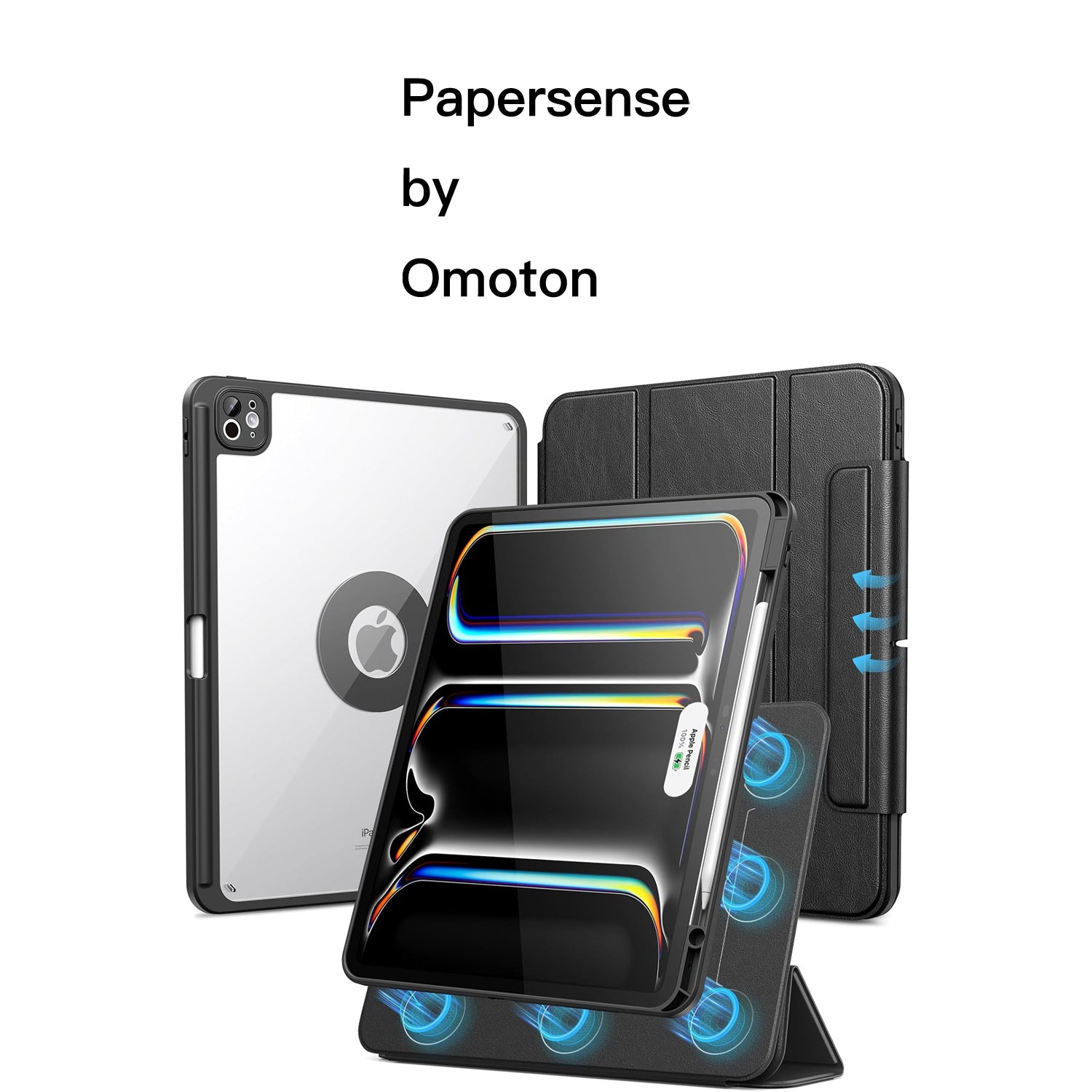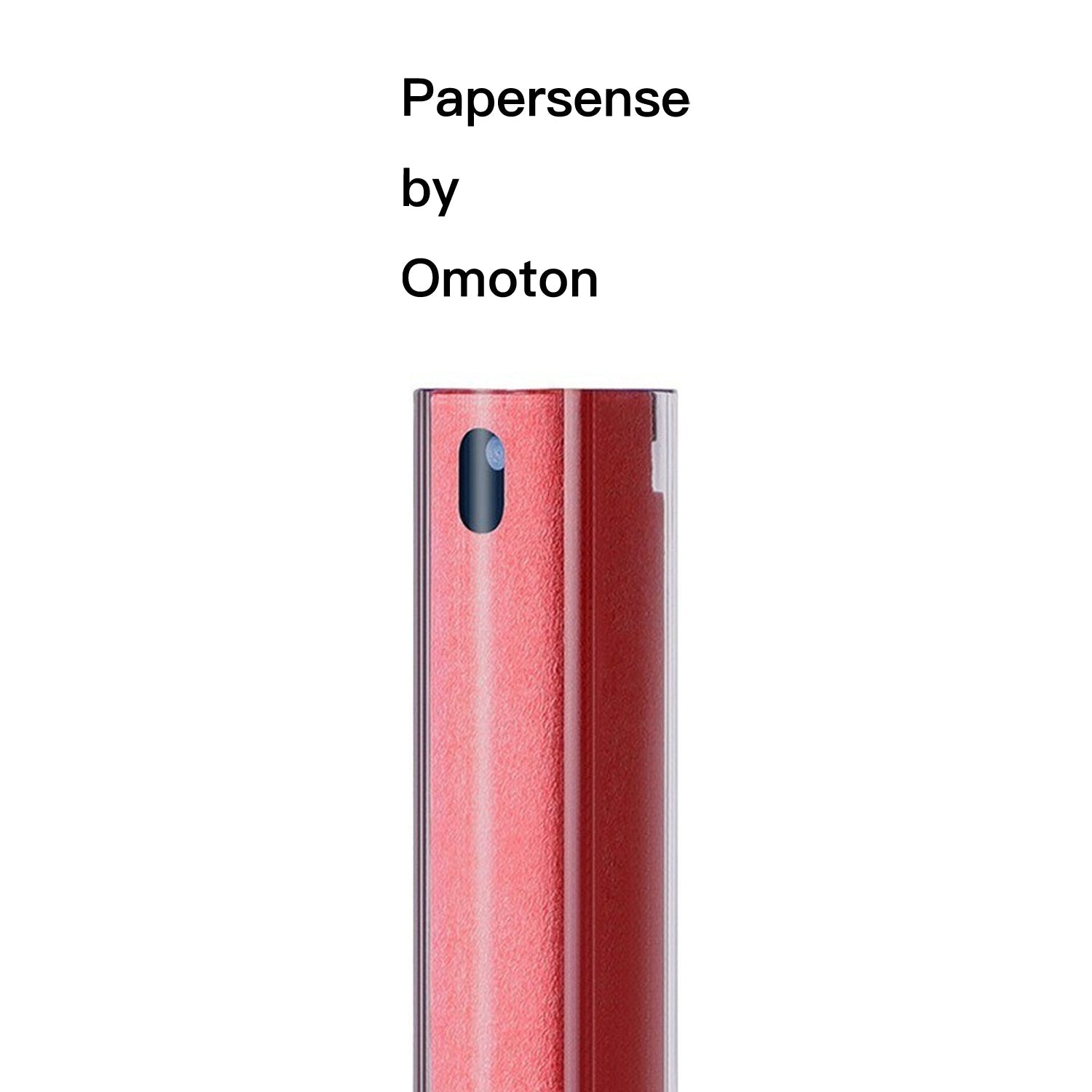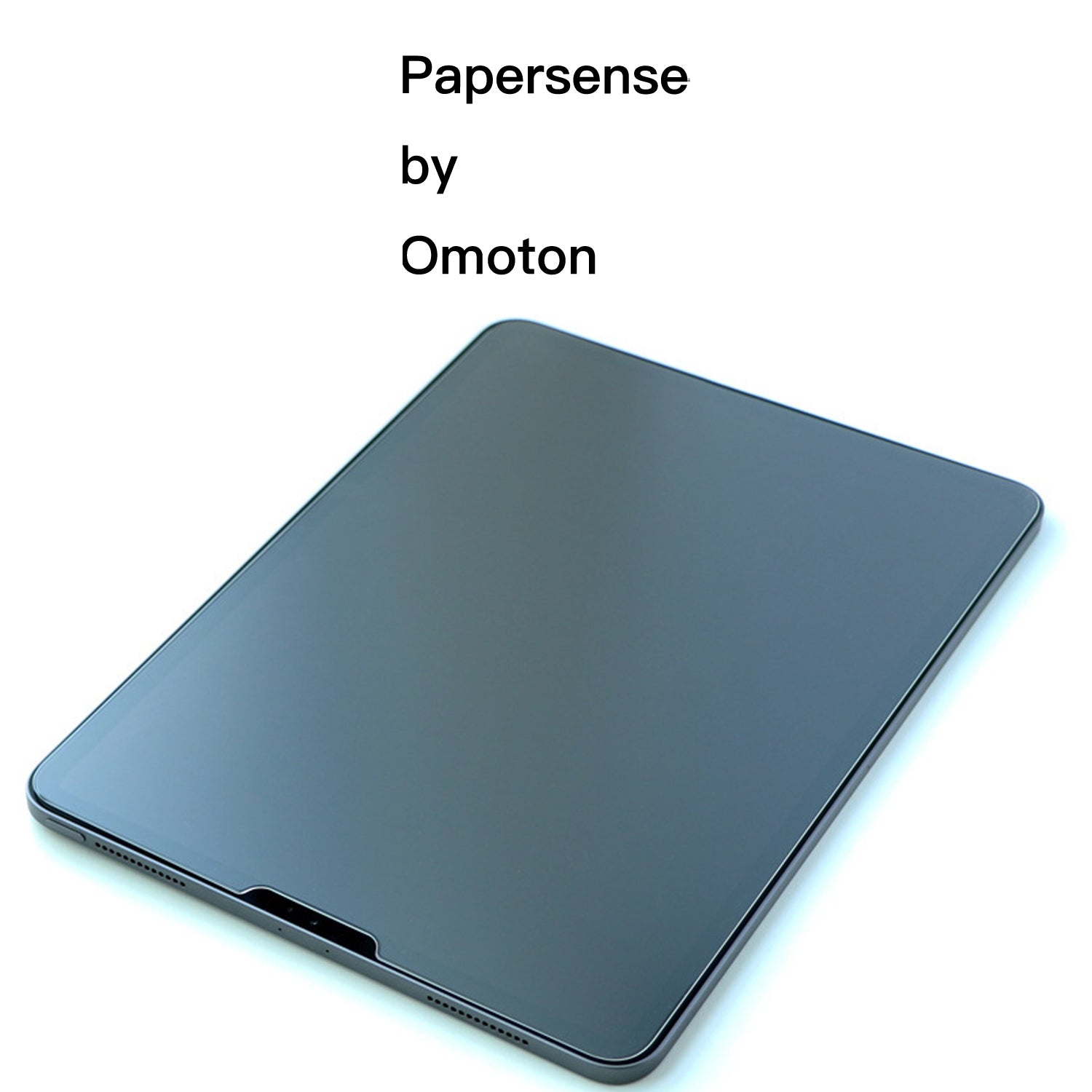Shopping for the best screen protector can be an overwhelming experience. With so many types, materials, and marketing claims, it's hard to know what truly matters for your device.
This guide cuts through the confusion. We’ll break down the different types of screen protectors, their key features, and what you should really consider before buying.
Understanding Screen Protector Materials
The material is the foundation of any screen protector. Here’s a look at the most common ones.
Tempered Glass
-
Pros: Excellent impact and scratch resistance, high clarity, easy application.
-
Cons: High glare, difficult to remove, can crack easily, thicker models may interfere with cases and touch sensitivity, shows fingerprints.
-
Best For: Users seeking maximum overall protection for their device.
PET (Polyethylene Terephthalate)
-
Pros: Very easy to apply and remove, good scratch resistance, anti-glare, flexible and thin.
-
Cons: Offers no impact protection, can reduce screen clarity.
-
Best For: Those who prioritize anti-glare and anti-scratch features without adding bulk.
TPU (Thermoplastic Polyurethane)
-
Pros: Good scratch resistance, high clarity, low profile, somewhat flexible.
-
Cons: Minimal impact protection, can be tricky to apply and remove, shows fingerprints prominently.
-
Best For: A balance between protection, clarity, and a thin feel.
Liquid Glass
-
Pros: High clarity, good impact protection, no added thickness, easy application.
-
Cons: Poor scratch resistance, high glare, shows fingerprints, nearly impossible to remove.
-
Best For: Users who want a bare-screen feel with only basic impact protection.
Key Features and Use Cases
Screen protectors are also defined by their functionality.
-
Maximum Protection: Tempered Glass is the undisputed champion for guarding against drops and scratches.
-
Matte & Anti-Glare: PET or TPU are the best materials for diffusing light, reducing reflections, and providing a matte, paper-like finish.
-
Privacy Filters: Available on various materials, these protectors narrow the viewing angle so only the person directly in front of the screen can see it.
-
Textured, Paper-Feel (Papersense): If you draw, write, or take notes with a stylus, this type is for you. Made from high-quality PET, the Papersense Screen Protector transforms the slick glass surface into a tactile, paper-like experience that reduces slippage and fingerprints.
Features to Consider vs. Features to Ignore
Consider:
-
Anti-Fingerprint Coating: Reduces smudges from oils on your fingers.
-
Antimicrobial Coating: Helps inhibit the growth of bacteria on your screen.
Ignore:
-
"Ultra-Clear" Claims: Every protector affects clarity slightly. Thinner protectors like TPU are less noticeable.
-
"9H Hardness" Rating: This is a marketing term with no standardized meaning for screen protectors. Don't let it sway your decision.
Final Considerations Before You Buy
-
Pair with a Case: A good case offers the best overall protection. Ensure your chosen screen protector is compatible with your case's design.
-
Define Your Usage: Your habits should guide your choice. If you're an artist or avid notetaker, a textured protector like Papersense is ideal. If you mostly watch videos, a standard clear protector may suffice.
-
Consider the Installation: Ease of application varies. Look for brands like Papersense that include an intuitive application system to ensure a bubble-free, aligned fit.
The Bottom Line: Let Your Usage Guide You
The "best" screen protector depends entirely on how you use your device.
If your life revolves around your stylus—whether you're sketching, journaling, or marking up documents—the Papersense Screen Protector is in a league of its own. That textured surface isn't a gimmick; it genuinely transforms the interaction between pen and glass, providing the natural friction you’d expect from paper.
So, think about what you'll do with your device tomorrow. Your answer will make the choice clear.




Leave a comment
This site is protected by hCaptcha and the hCaptcha Privacy Policy and Terms of Service apply.